Swann CUBIC ASTRO 102 BX User manual
Other Swann Transceiver manuals
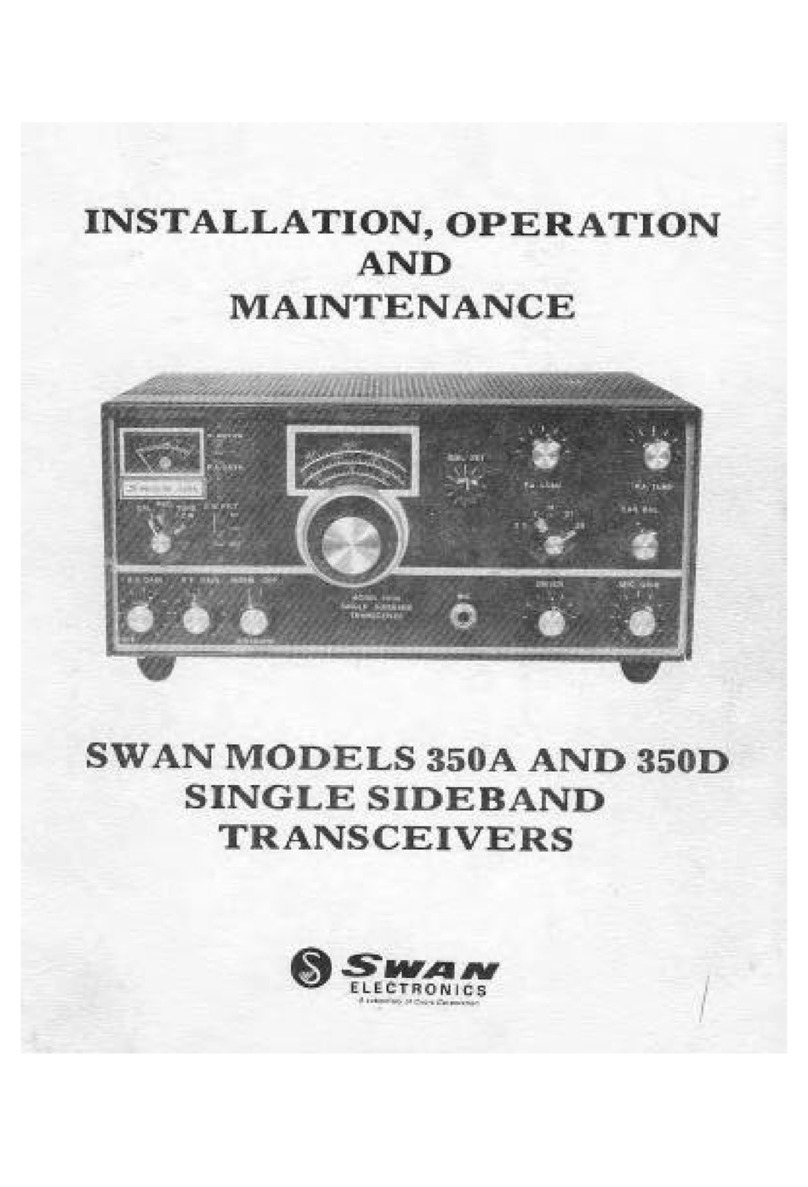
Swann
Swann 350A Installation and operating instructions
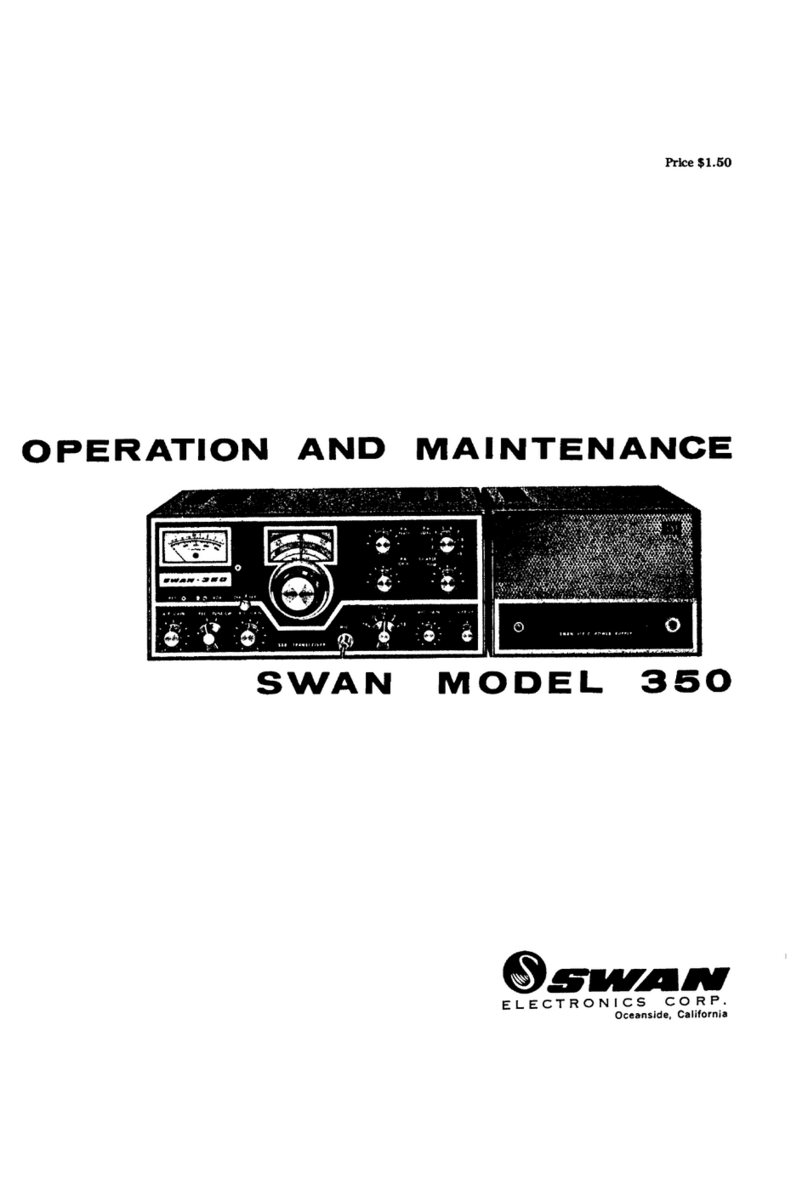
Swann
Swann 350 Installation guide

Swann
Swann 350 Installation guide

Swann
Swann 260 Installation guide
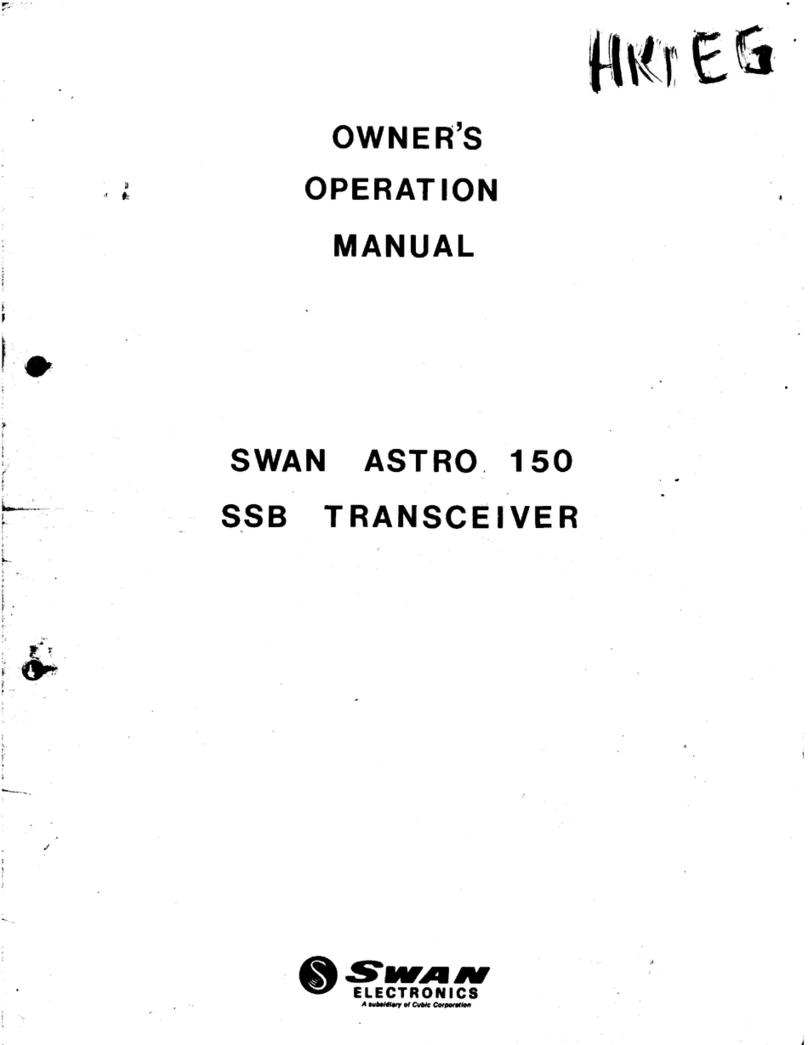
Swann
Swann Astro 150 Instructions for use

Swann
Swann 400 Installation guide
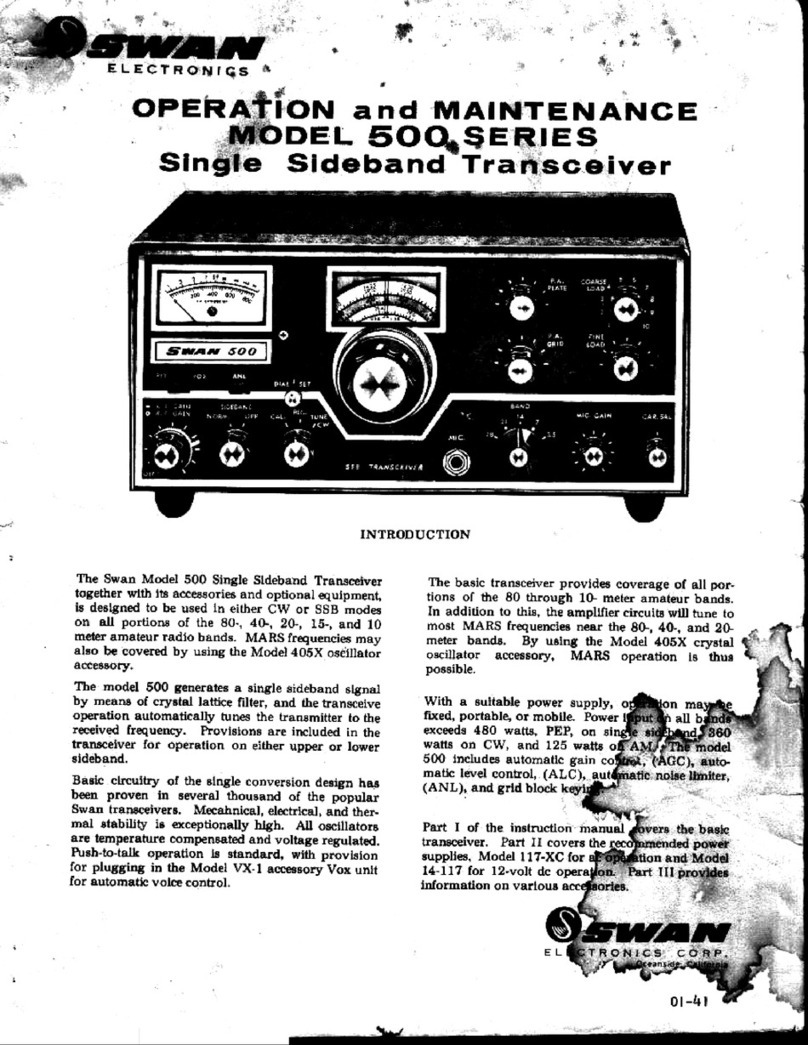
Swann
Swann 500 Series Installation guide
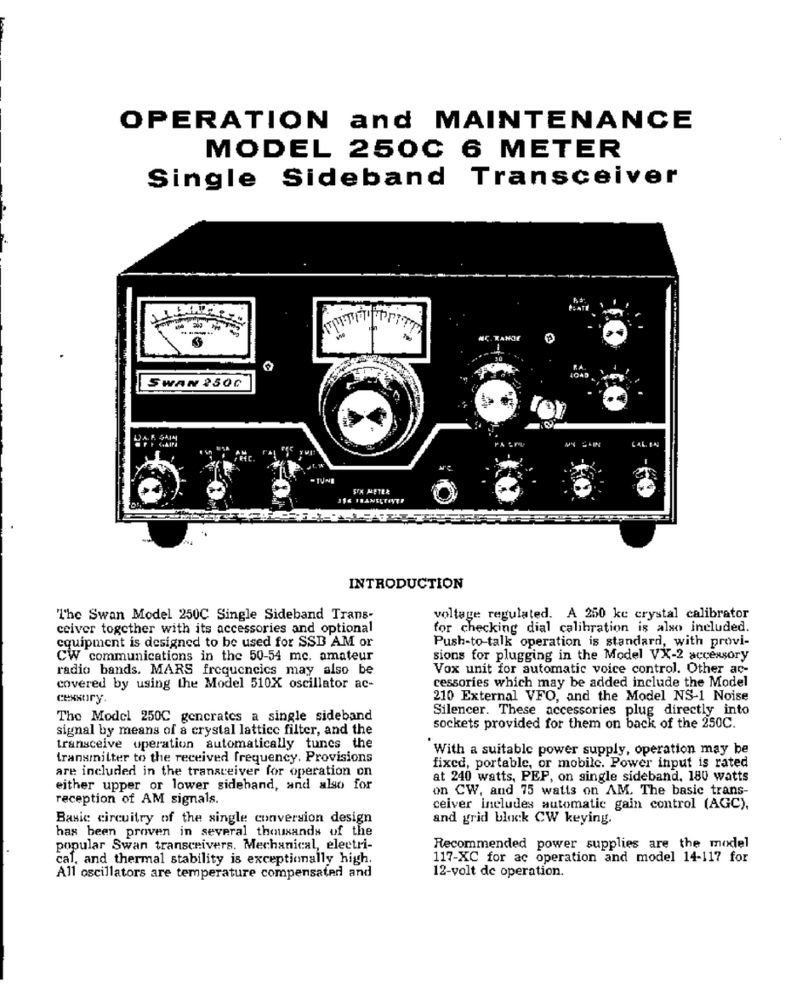
Swann
Swann 250C Installation guide
Popular Transceiver manuals by other brands

Kenwood
Kenwood ProTalk TK-3201 instruction manual

City Theatrical
City Theatrical SHoW DMX SHoW Baby user manual

Standart Horizont
Standart Horizont HX407 owner's manual

B&G
B&G V90S quick start guide

VictelGlobal
VictelGlobal ALK300 series Operation manual

Cactus
Cactus Wireless Flash Transceiver V6 user manual





















